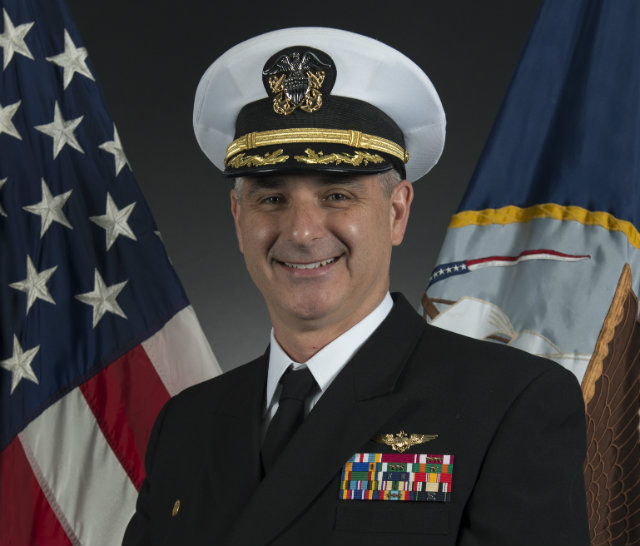What inspired you to fly?
I grew up in a blue-collar house in Massachusetts. As a kid I loved fast, noisy things. I remember building models of rockets, airplanes and racing cars and imagined myself as a fighter pilot or racing car driver. I didn't have the money to pursue the latter, so chose a naval aviation career. I had only travelled in an airplane three times before I entered flight school.
My first assignment was with a strike fighter squadron based in Lemoore, California, that flew McDonnell Douglas F/A-18 Hornets when they were very new to the US Navy fleet. When Saddam Hussein invaded Kuwait in 1990 and the squadron was embarked aboard aircraft carrier USS Independence, we were ordered to head toward the Middle East for Operation Desert Shield. We were the first of the American forces to arrive. But we didn't fly any combat missions and left before the war started because Saddam stopped moving south. Desert Storm didn't start until after my unit left the area and coalition forces were on the scene.

US Navy
What have you flown, and from where?
I've flown fighter jets throughout my career – both legacy Hornets and Super Hornets. Over the course of 30 years of service, I have operated from both US coasts and travelled across the world. I was lucky enough to serve as a Blue Angels pilot for three years. This experience led me to be a better pilot than I ever imagined as a child.
What has been the most challenging assignment?
Of all the high points in my career, flying with the Blue Angels was the most challenging thing I've ever done. I didn't command the Blue Angels, but it still was my most challenging assignment. Flying at different show sites in different weather and in different formations was incredibly demanding. There's a lot of responsibility that comes with flying in that unit, but you get through it by not quitting and doing the right thing. It sounds like a cliché; but it works.
How did you become a carrier commander?
I was never fully certain I would one day command one of our nation's 11 aircraft carriers. But an assignment as a catapult and arresting gear officer aboard USS John C Stennis earlier in my career helped me realise that naval aviation is more than just flying airplanes off a flight deck. I learned it takes an entire team working seamlessly together. This piqued my interest in carrier operations and I mapped out achievable goals, although some of it was good luck. But when preparation meets good luck, great things happen.
How large is your crew? What is your current mission?
I command a crew of more than 3,000 sailors who are responsible for operating and maintaining a nuclear-powered aircraft carrier. The ship also supports an additional 2,000 embarked personnel who make up the air wing and strike group leadership staffs whenever we operate at sea. So, there is a total of more than 5,000 sailors living aboard USS Carl Vinson. We have just completed a historic port visit to Vietnam that marked the first time a US carrier has visited the country in more than 40 years. We are on a scheduled deployment in the Western Pacific working with international partners and maintaining regional peace and stability, which are vital to the global economy.
What is a typical day like?
I wake up as early as 06:00 and have a cup of coffee while I complete administrative tasks. Depending on the day, I conduct inspections or attend meetings before flight operations begin. Flight operations can last late into the night, and I usually watch from the navigation bridge. I am able to fly about once or twice a week.
What’s the most difficult part of your job?
One of the toughest parts of my job as captain is holding crew members accountable when they don't follow rules and standards that exist to keep them safe and fulfil our mission.
Any advice for aspiring military aviators?
Don't give up your dream. Stay resilient and focused. If you want to be a fighter pilot then pursue that. But even if you run out of luck, don't give up. There are great opportunities across the military in many fields. If I hadn't become a pilot, I would probably still be in the military doing something else. I have a profound sense of pride participating in something bigger than myself.
Search aerospace career opportunities now with Flight Jobs
Source: Flight International



















